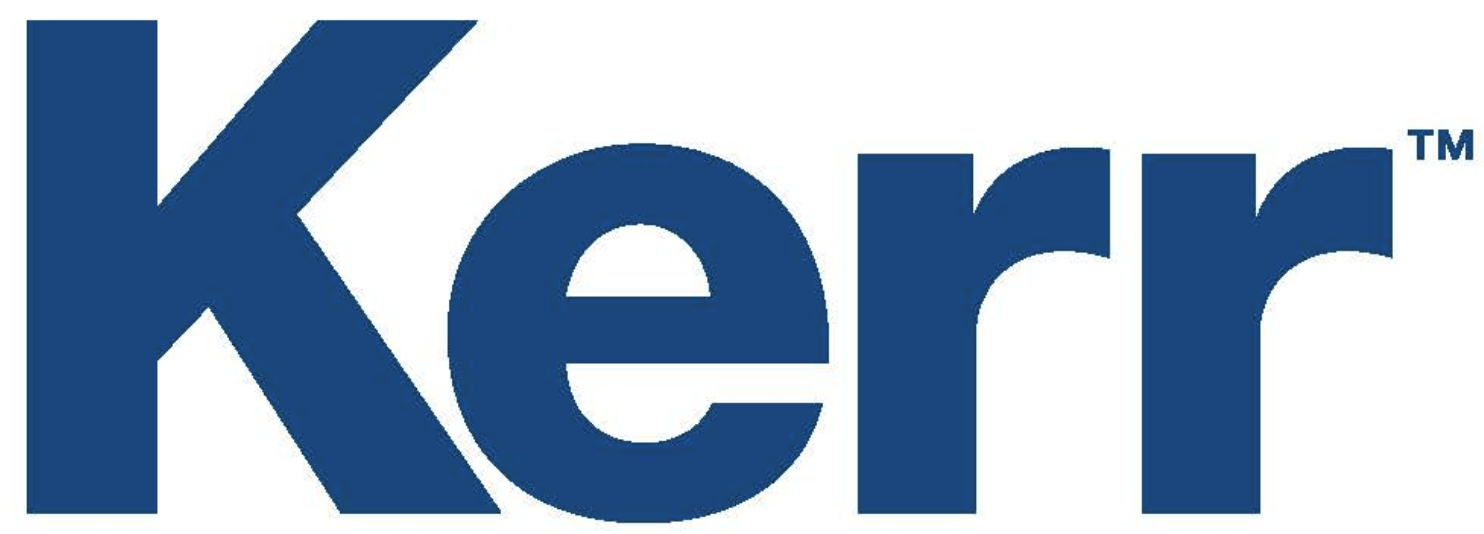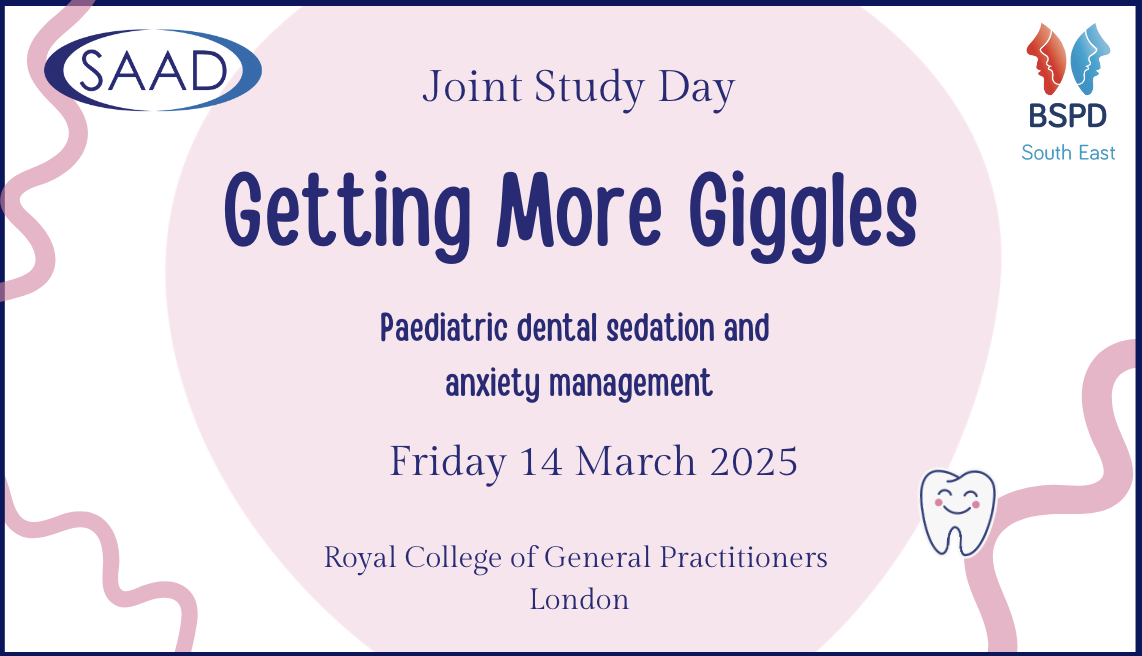
A SAAD / BSPD South East Branch Study Day!
09:15 - Inhalation Sedation
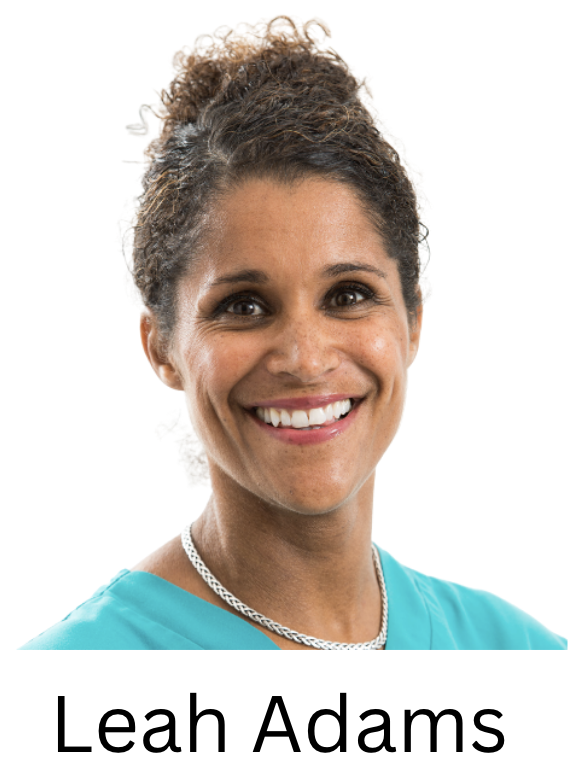
Leah Adams - Biography
Clinical Director (Hertfordshire Community Trust)
Since qualifying in 1997, Leah has had a range of roles in hospital, general practice and community dental services. Throughout her career she has had particular interests in governance relating to safe sedation practice, sedation teaching and treating dentally anxious adults and children with anxiety management techniques, including Inhalation sedation and IV sedation.
During her time as sedation lead within a community dental service Leah established an IV sedation service for special care adults and children aged 12-16. and previously worked for many years as a GDP in a private Sedation Practice as sedation lead.
Leah completed an MSc in Conscious Sedation at Cardiff University in 2013 and taught for several years on the Diploma and MSc in Conscious Sedation. She is a Member of the Faculty of Dental Trainers and continues teaching on National SAAD courses as part of the SAAD Teaching Faculty, as well as running local STAC accredited sedation courses and regional update courses for the dental team. Leah is also a former SAAD Board member and Safe Sedation Practice Evaluator on behalf of SAAD.
Leah took up the position of Deputy Clinical Director in Hertfordshire in November 2023 and became Clinical Director in October 2024. Since then, she has played a key role in service expansion work and in further developing nurse-led anxiety management pathways.
Abstract
Learning Outcomes
- To gain an understanding of anxiety management techniques to support patient care
- To review the use of Inhalation Sedation as part of anxiety management
- To review the collaborative approach to patient care
- To gain an understanding of Health and Safety requirements and environmental consideration relating to the use of Inhalation Sedation
10:00 - Intravenous sedation for paediatric dentistry
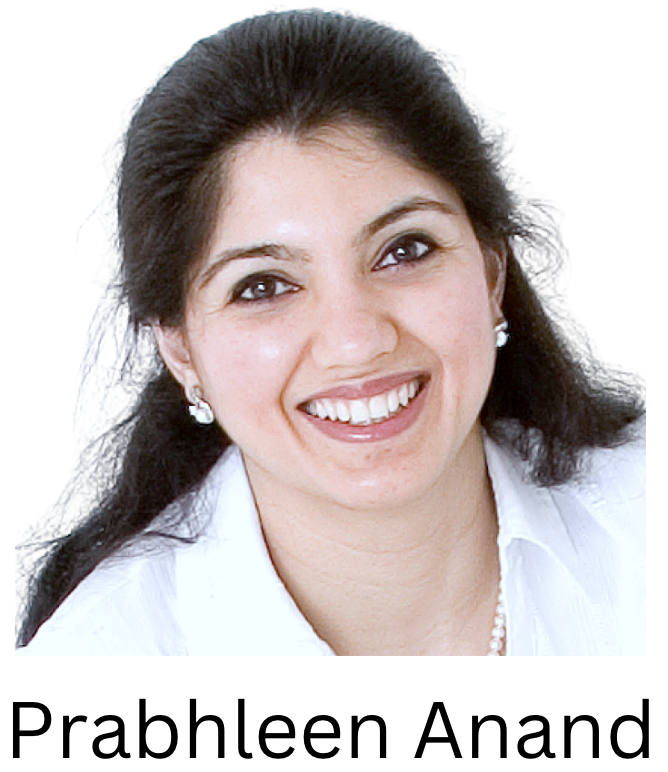
Prabhleen Anand - Biography
Prabhleen has been a Consultant and Honorary Clinical Lecturer for over 15 years in Paediatric Dentistry at The Eastman Dental Hospital. She is currently Deputy Chair for the Paediatric Dental Managed clinical network in London. She also works in private practice. Her areas of special interest are sedation, pain control, oral surgery, hypodontia, trauma and general anaesthesia. She is the lead on general anaesthesia and IV sedation in the department.
11:15 - Paediatric general anaesthetic for dental teams 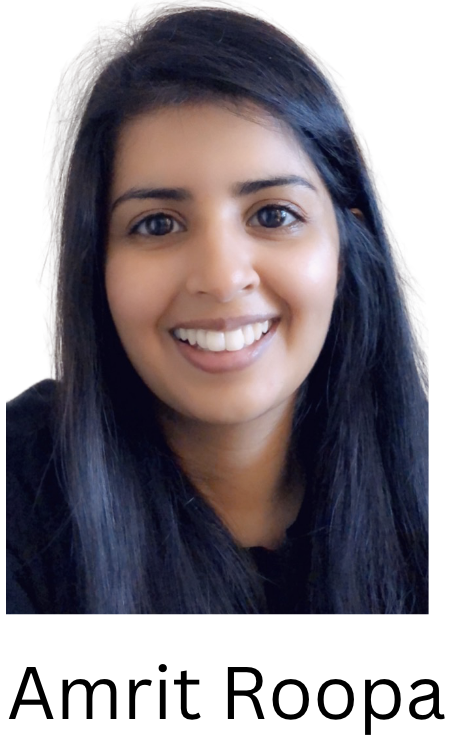
Amrit Roopra - Biography
Consultant Paediatric Anaesthetist, Royal London Hospital
Amrit qualified from Cardiff University Medical School in 2013 and has since done all her post-graduate medical training in and around London serving a diverse and medically complex population.
Her anaesthetic training has been broad with time spent in intensive care, obstetrics, neuro and cardiac anaesthesia. However she developed a keen subspecialty interest in paediatric anaesthesia having enjoyed the challenges of anaesthetising a range of children of various sizes and co-morbidities. Her paediatric anaesthetic training has included time spent in theatres at Great Ormond Street and the Royal London Hospital as well as experience as a paediatric intensive care and retrieval doctor at St Marys Hospital and for the Children’s Acute Transport Service respectively. Her current interests include paediatric TIVA (total intravenous anaesthesia), regional anaesthesia and the difficult paediatric airway.
Amrit enjoys teaching and education and is a faculty member on a number of simulation and anaesthesia exam courses as well as an APLS instructor.
Abstract
General anaesthesia for paediatric dentistry relies on a close working relationship between the dental surgeon and anaesthetist and careful consideration of the complexities concerning the shared airway.
The patient journey can be divided into the preoperative, intraoperative and postoperative components.
General anaesthesia is more than the administration of an anaesthetic agent and the process begins from the preoperative visit where preoperative assessment of the patient determines patients fitness and readiness for dental surgery. Intraoperative management involves induction of anaesthesia, airway management for the shared dental airway, maintenance and emergence from anaesthesia. Team-working, communication, safety checklists and shared decision making are all key non-clinical factors that determine safe and desired outcomes for paediatric dental day case surgery.
Learning Outcomes
- Understand the preoperative assessment of patients requiring general anaesthesia including fasting guidance and premedication
- Understand the safety culture involved in working in teams in theatre including use of team briefs, safety checklists, safe use of throat packs
- Appreciate components involved in general anaesthesia including induction of anaesthesia, airway management, monitoring and maintenance and emergence of anaesthesia.
12:00 - Setting up a sedation service
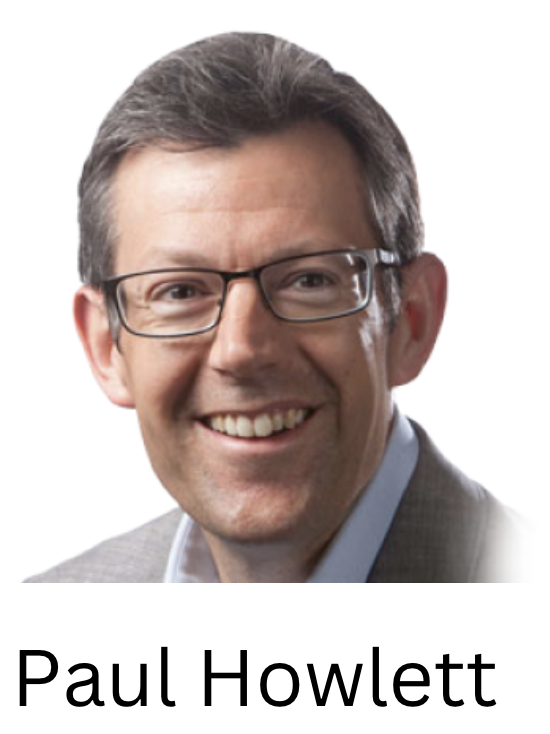
Paul Howlett - Biography
Paul works as a GDP in a private multi-disciplinary dental practice on Teesside. His specific areas of interest are managing anxious patients and more complex restorative care including dental implants. Paul has been a SAAD trustee since 2012 and through his SAAD role has been involved with the development of national sedation guidance including SDCEP and IACSD. Paul is a member of the SAAD teaching faculty and has a particular interest in governance and compliance relating to dental conscious sedation.
Abstract
The provision of conscious sedation services is a critical component of modern dentistry, enabling the safe and effective management of patients undergoing various dental procedures. This presentation will outline indications for setting up a sedation service, focusing on its benefits in terms of enhanced treatment outcomes and patient satisfaction. It will explore the design and operational considerations needed to implement a sedation service that meets both clinical need and safety standards.
The patient journey is at the core of sedation service design. From patient assessment and consent to peri-operative care, recovery and follow up this presentation will discuss the steps required to ensure a seamless, patient-centered experience. Emphasis will be placed on using patient feedback and audit to improve service design and implementation over time.
Governance and regulatory frameworks are essential for maintaining high standards of care and patient safety in sedation services. The presentation will address key governance issues, including staff training, quality assurance, and compliance with national guidance and regulations.
Both inhalation and intravenous sedation techniques will be explored and specific considerations and features highlighted including equipment, maintenance, infrastructure and governance.
Leaning outcomes
By the end of this presentation, attendees will have an improved understanding of how to design, implement, and deliver a sedation service that balances patient safety, clinical effectiveness, and operational efficiency.
The session aims to equip healthcare professionals with the knowledge to optimise sedation practices within their own settings.
13:45 - Sedation training
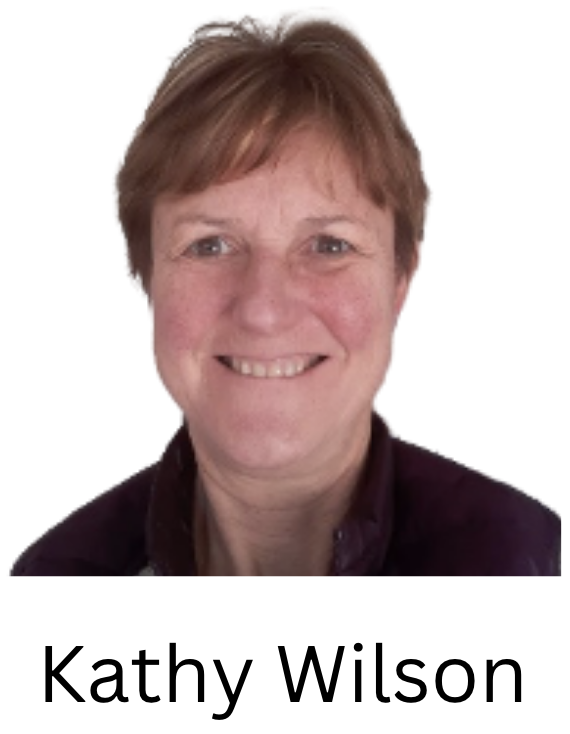
Kathy Wilson - Biography
Currently based at Newcastle upon Tyne School of Dental Sciences & Dental Hospital as Associate Specialist/Clinical lecturer in Sedation and Special Care. Kathy is heavily involved with undergraduate/ post graduate teaching, Dental Core Training and Specialty Training programmes. She is a member the IACSD working group and plays an active role on the Sedation Training Accreditation Committee. Lecturing nationally and internationally, she has published widely in the field of Conscious Sedation for Dental Care.
Abstract
14:30 - SAAD Research update
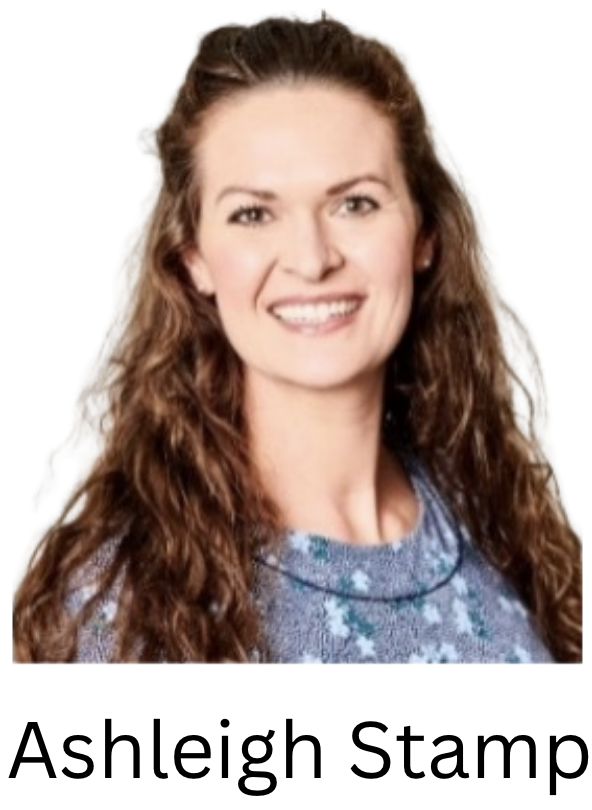
Ashleigh Stamp - Biography
Ashleigh is a Clinical Fellow at Newcastle University School of Dental Sciences. She works within paediatric dentistry providing patient care and clinical teaching to dental and dental therapy undergraduates as well as supporting postgraduate education within the region. Ashleigh completed the Diploma in Conscious Sedation at Newcastle University and has a background working as a GDP providing conscious sedation to adults and children in primary care. Ashleigh is currently undertaking a PhD relating to behavioural support for young people receiving surgical dental care.
14:45 - Anxiety management pathway nurse lead initative
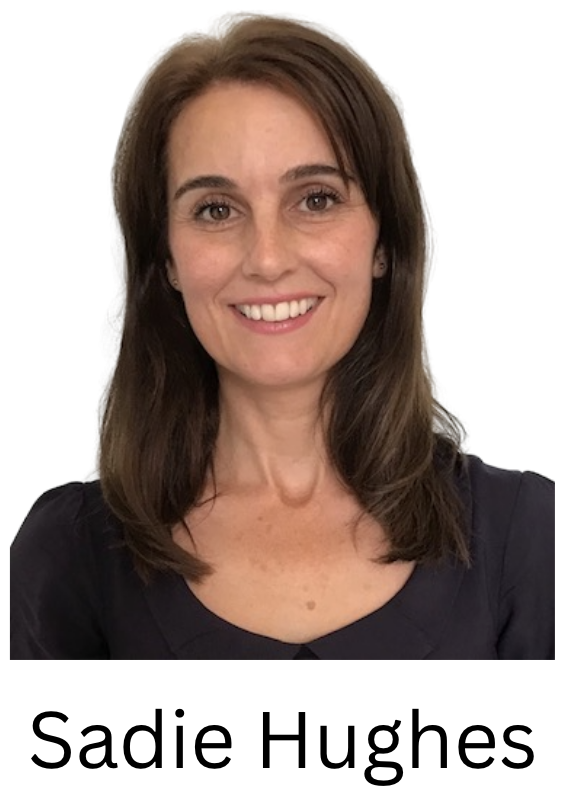
Sadie Hughes - Biography
Sadie is a Consultant in Special Care Dentistry and the Sedation Lead for Hertfordshire Special Care Dental Service. She completed an MSc in Sedation and Special Care Dentistry in 2003 at King’s College London Dental Institute. Her clinical interests include sedation and behavioural management for adolescents requiring dental treatment and the dental management of adults with additional needs. Sadie is a past chair of the Sedation Training Accreditation Committee.
Abstract
It is well documented that dental anxiety can increase the perception of pain and increase poor dental attendance. When dental anxiety occurs in adults it can also lead to poor dental attendance for dependent family members.
The dental profession is increasingly recognising the skills of dental care professionals and the positive impact these skills can make to the patient journey. One of the areas in which dental care professionals can make a significant difference is in the reduction of anxiety. Utilising the skill mix available in dental teams, allows for greater efficiency and seemingly, patient outcomes.
The Hertfordshire Special Care Dental Service have had positive results utilising a nurse led dental anxiety pathway. The pivotal factor in the success or failure of this pathway is the relationship built between the patient and the dental nurse. Parents or carers are contacted by telephone as an initial assessment, and if there is no dental pain, are offered preventative dental advice. Information regarding the child’s likes and dislikes are ascertained along with any reasonable adjustments needed for future face to face visits. The dental nurse then sees the patient in a dental environment for a number of visits to build the patient’s dental confidence, improve their oral health, engage the patient and desensitise them to the dental environment. Following the nurse led visits, the dental nurse introduces the patient to the dentist whilst remaining an advocate for the patient and acting as a trusted person.
Working with children, their parents and carers in this way can reduce childhood dental anxiety, facilitating dental treatment and leading to better dental habits when these children become adults.
Learning Outcomes
Delegates should be able to:
- Understand the concept of skill mix utilisation in reducing dental anxiety
- Analyse the skills present in their own dental team
- Evaluate which patients might benefit from a nurse led anxiety pathway
15:30 - Wellbeing
Kamljit Kaur
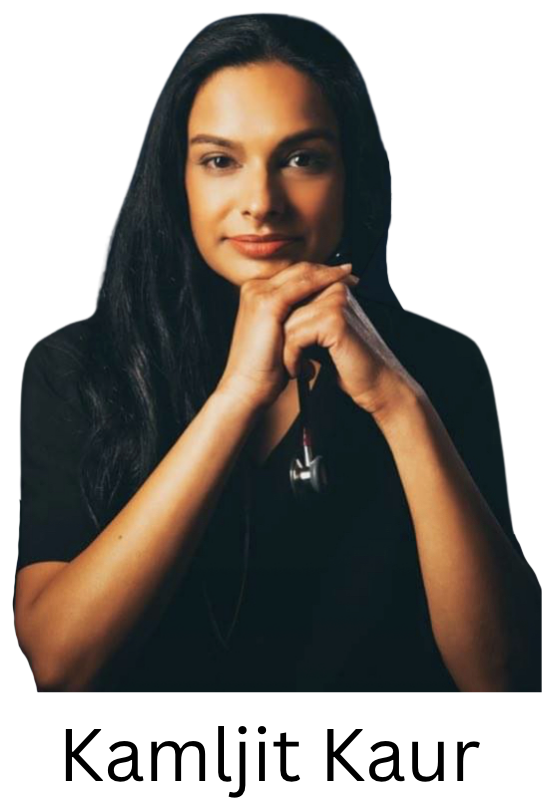
Kamlijit Kaur - Biography
Kamljit qualified from Birmingham Medical School in 1999. Whilst training in Paediatrics she became interested in ensuring that children presenting to emergency departments gained good quality care. She therefore subspecialised in Paediatric Emergency Medicine. Her consultant career has involved working with the team in Wolverhampton to develop their Paediatric Emergency Medicine service as well as working at Birmingham Children's Hospital and Kings College Hospital. Kamljit started practising yoga at the age off 11 years old. She has therefore been interested in well being all of her life. She is a yoga teacher and now is merging her life long interest in well being with her medical career.
Abstract
Well being of healthcare workers has become a high priority in todays NHS. Join me for a session in which I introduce you to some well being practices that have been proven to be effective yet time efficient as well as give you some practical experience of a couple too.
Learning Outcomes
Gain some practical experience and knowledge of time efficient yet effective practices that have evidence to support their ability to induce well being for individuals in the workplace.
16:00 - Clinical hypnosis for dentistry
Charlotte Davies

